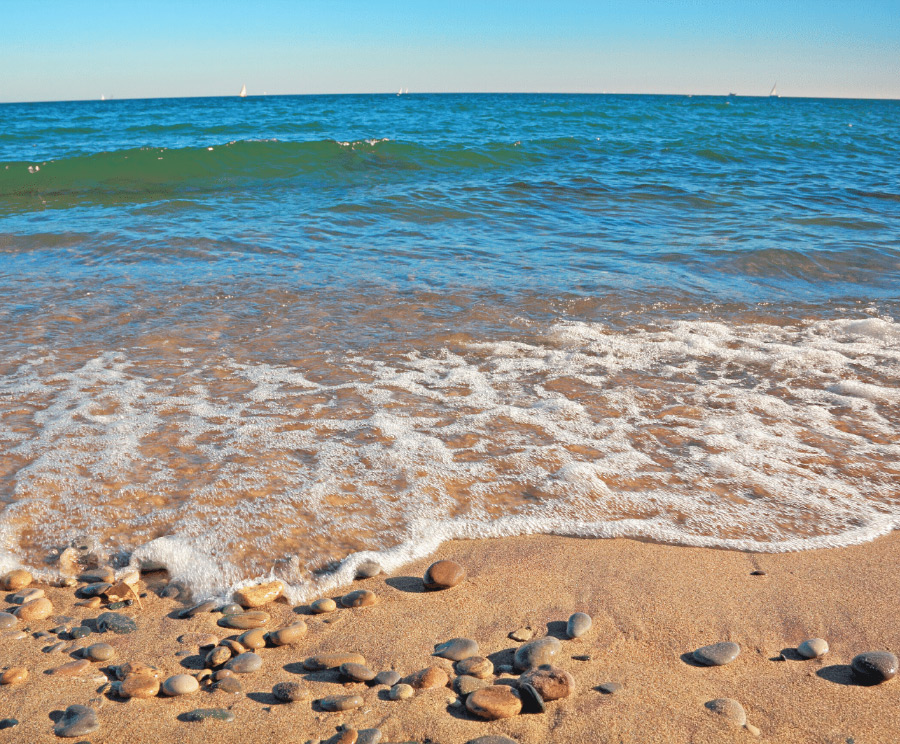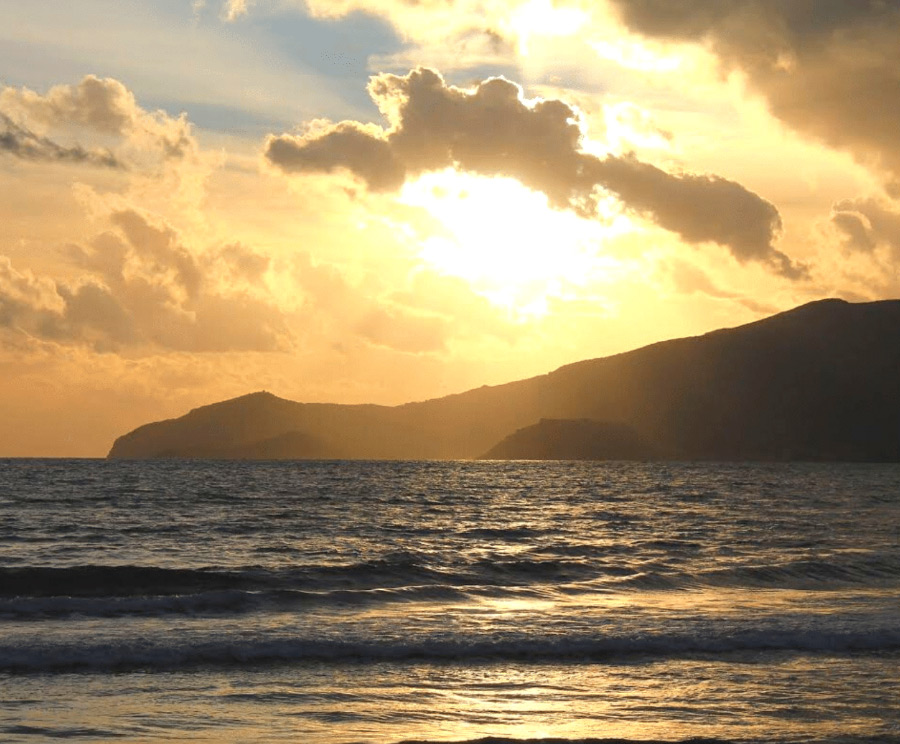A modern seaside resort in the Argentario Gulf
Ansedonia
A modern seaside resort overlooking the clear waters of the Argentario Gulf. Lower down, on the slopes close to the sea, is the quiet residential area with numerous villas set amidst the greenery.
Ansedonia is not only sea but also history; it is home to an ancient Etruscan town, the city of Cosa. Cosa was founded in 273 BC after the defeat of Vulci by the consul Tiberius Coruncanio in 280 BC. The city played an important role in controlling the Tyrrhenian Sea. Particularly interesting is the city wall, made up of polygonal boulders, with a total length of about 1465 metres, and 17 square towers. There were three gates in the walls: Porta Romana, Porta Fiorentina and Porta Marina.
Ansedonia is characterised by beaches with dark-coloured sand and wild nature, with a large pine forest behind it and the characteristic tree trunks carried by the waters, used to build the characteristic natural ‘huts’ to shelter from the sun.

There are actually two beaches here: one faces the Argentario and is the final part of the Feniglia tombolo, the other faces the Capalbio coastline and is the initial part of the coastline that continues towards Lazio. This part of the Ansedonia beach is characterised by the presence of the “Tagliata Etrusca” (a natural fissure in the rock), the “Spacco della Regina” (an artificial canal entirely dug out of the rock), and the Torre della Tagliata, where the musician Giacomo Puccini lived.






